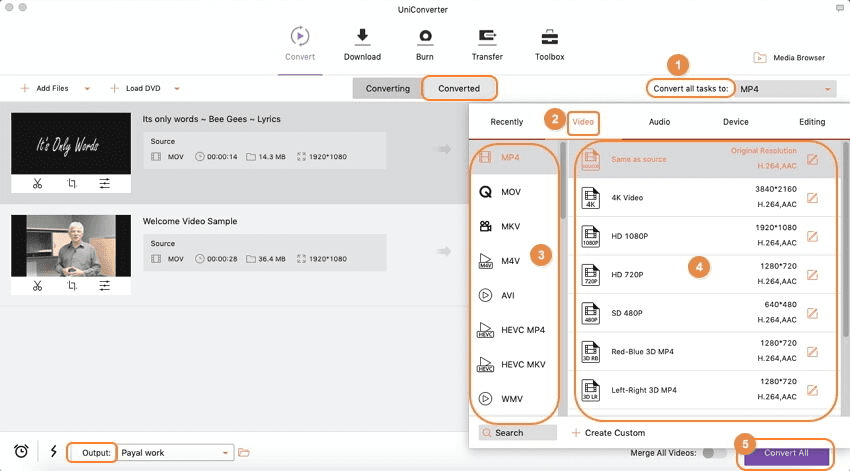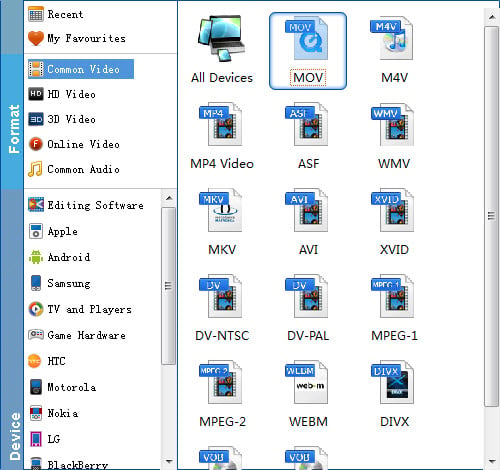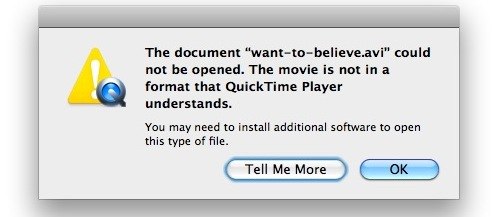- Download Quicktime Codecs For Windows
- Avi Codecs For Quicktime Mac Os X
- Quicktime Wmv Codec Mac
- Quicktime Codec Pc

We’re all familiar with the concept of codecs. And we’ve probably all run into a problem or two with a codec in the past – a file that works on one computer doesn’t work on another, or works in one app but not another. In fact, codec issues are one of the main reasons we built EditReady.
This post will cover the basics of where codecs live on the Mac, and how you can go about resolving basic codec issues.
Install 3rd-party AVI video players. The first solution for playing AVI on MacOS High Sierra is to. The.sit file contains a QuickTime component, which delegates the playback of XviD videos to the DivX codec installed on your system. To install the XviD delegate component on Mac OS X, put the XVIDDelegate.component file in the /Library/QuickTime folder and then reboot.
Traditionally, all the codecs on a Mac were stored in one folder, /Library/QuickTime. If you’ve got an older Mac OS X install and look in that folder, you’ll probably find all sorts of detritus from codecs of the past – DiVX.component, Perian.component, etc. These components are part of the old “QuickTime 7” framework. If you’re working in Final Cut Pro 7 or another older app, these are the only codecs that matter. This is also the only type of codec that can be developed by third parties.
Starting with Mac OS X 10.6 (“Snow Leopard”) Apple introduced a new set of media technologies – AVFoundation, CoreMediaIO, and others. These modern media frameworks don’t use the older components, and instead introduced a separate set of video codecs. You’ll find these in /Library/Video and /System/Library/Video (And often in subfolders from there).
Apple hasn’t opened this technology up to third parties, so only Apple can create these types of codecs. Macs come with some codecs preinstalled (like Apple ProRes) but others are only available as part of the Apple “Pro” apps like Final Cut Pro X. The most important of these, in terms of working with video on a Mac, is probably the AVC Intra codec, since AVC Intra is used by many modern cameras (like many XAVC cameras).
We’ve seen a number of issues related to these modern codecs. First off, some users simply end up with corrupt or missing copies. This can be due to a bad update, or an overly aggressive “cleaner” application on your Mac. If you previously had the codecs and suddenly they’re gone, you can reinstall from the Apple Pro Video Formats download.
As we prepare for the impending release of Mac OS X 10.11 (“El Capitan”), many users will choose to do a full reinstall instead of just updating. This can lead to confusion because codecs will be missing after the update.

If you don’t have the codecs at all, an easy way to get them is by installed the Final Cut Pro X trial. Alternatively, you can find instructions online for installing them manually.
Apple apps such as QuickTime Player, Photos, and Keynote work with many kinds of audio and video formats. Some apps prefer specific formats, but QuickTime movie files (.mov), most MPEG files (.mp4, .m4v, .m4a, .mp3, .mpg), some AVI and WAV files, and many other formats usually work in most apps without additional software.

Older or specialized media formats might not work in your app, because the format requires software designed to support it. If that happens, your app won't open the file or won't play back its audio or video.
Download Quicktime Codecs For Windows
How to search for an app that works with your file
You might already have an app that supports the format of your file. If you don't know which of your installed apps to try, your Mac might be able to suggest one:

- Control-click (or right-click) the file in the Finder.
- From the shortcut menu that opens, choose Open With. You should see a submenu listing all of the other installed apps that your Mac thinks might be able to open the file.
Avi Codecs For Quicktime Mac Os X
If none of your installed apps can open the file, search the Internet or Mac App Store for apps that can play or convert the file:
Quicktime Wmv Codec Mac
- Include the name of the media format in your search. To find the format, select the file and press Command-I to open an Info window. The format might appear after the label Kind, such as ”Kind: Matroska Video File.”
- Include the filename extension in your search. The extension is the letters shown at the end of the file's name, such as .avi,.wmv, or .mkv.
Learn more
Quicktime Codec Pc
- QuickTime Player (version 10.0 and later) in OS X Mavericks through macOS Mojave converts legacy media files that use certain older or third-party compression formats.
- Learn about incompatible media in Final Cut Pro X and iMovie.
